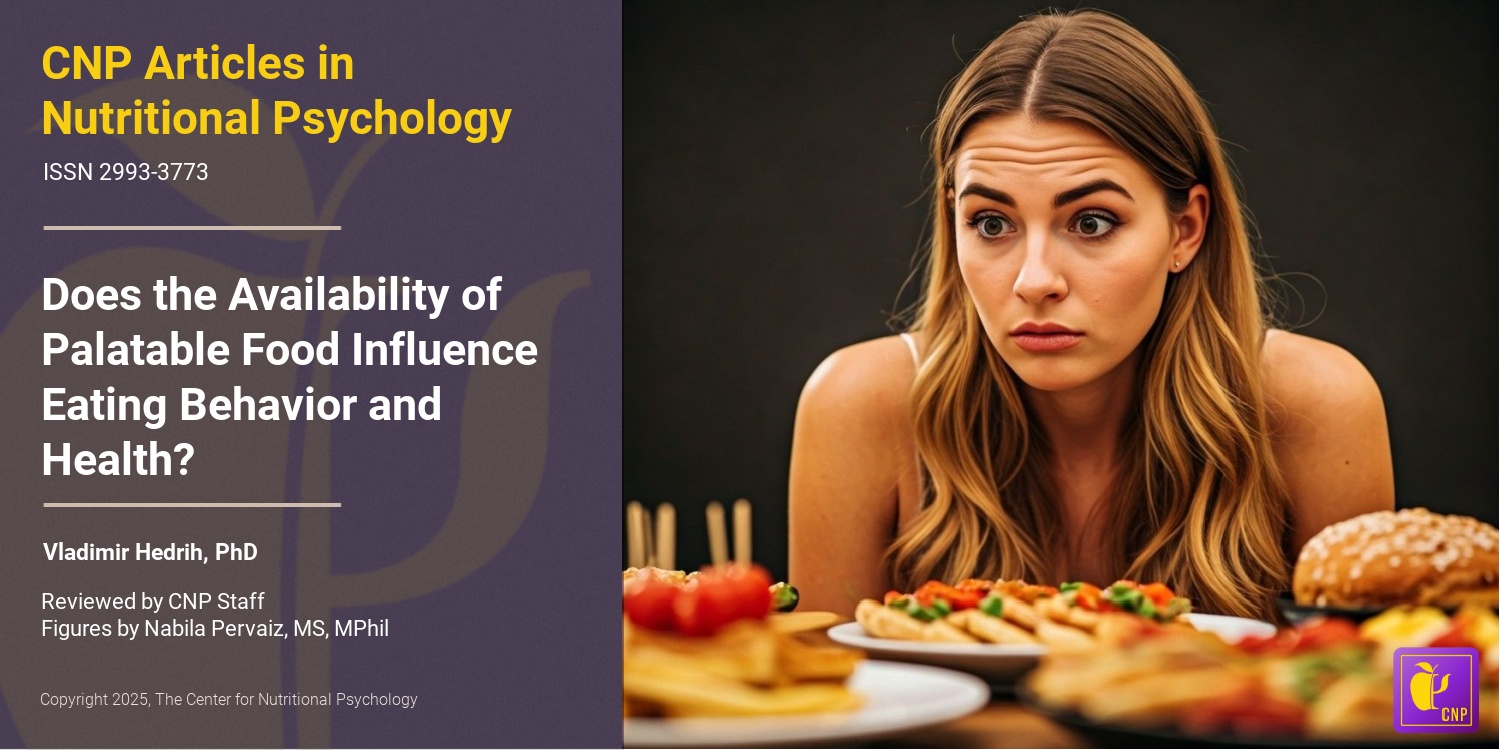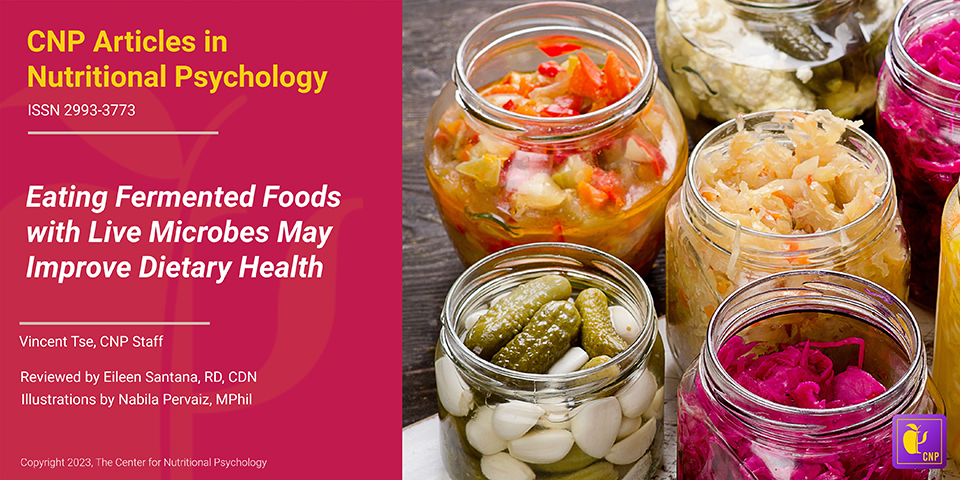I’ve written and sold hundreds of nutrition and wellness pieces. I know who will pay for articles on health food, how they buy, and what they expect. If you want real leads, fair rates, and a simple roadmap, you’re in the right place. In this guide, I’ll show you where the money flows, how to pitch, and what makes editors say yes. Let’s dive into who will pay for articles on health food and how you can earn from your words.

The Short List: Who Actually Pays For Health Food Articles
Buyers fall into a few clear groups. Each one pays for a different reason. That affects the style, research depth, and rights they need.
- Consumer magazines and news sites want engaging stories. They pay higher per piece and expect clean reporting.
- Health brands pay for authority and conversions. They want SEO content and product education.
- Marketing agencies buy at scale. They need clear brand voice and fast turnarounds.
- Digital publishers and content platforms pay for volume. They want reliable, optimized content.
- Nonprofits and public health orgs need educational guides. They require accuracy and trust.
- Retailers and grocery chains want meal guides and trend pieces. They need local angles and practical tips.
- Startups and apps want snackable content and expert-backed explainers.
These groups overlap, but their goals are not the same. Know the goal. Tailor the pitch. Win the job.

Buyer 1: Consumer Magazines And Health News Sites
What they buy:
– Trend stories on superfoods, gut health, and plant-based diets
– Service pieces with tips, recipes, and shopping lists
– Evidence-backed explainers in plain English
Expectations:
- Strong angles, clear sourcing, and quotes from experts
- Fact-checks and clean, error-free copy
- Original reporting or unique insights
Rates to expect:
- Per article: often mid to high three figures, sometimes more for features
- Per word: often in the $0.40–$1.00+ range depending on the title and complexity
Pitch tip from my experience:
Lead with a timely hook tied to a season, new research, or a food trend. Keep your pitch to 5–7 lines. Show a sample that proves you can write simple, smart health content.
:strip_icc()/Spruce-best-dog-food-at-walmart-4173197-a02410eb5618412b8495e0eaba6420a8.jpg)
Buyer 2: Health, Wellness, And Food Brands
What they buy:
– Blog posts that build authority and drive search traffic
– Product education pages and comparison posts
– Email newsletters and social scripts
Expectations:
- SEO keywords used in a natural way
- Clear takeaways and brand voice consistency
- Claims supported by quality evidence
Rates to expect:
- Per blog post: mid three figures to low four figures for expert-level content
- Packages: higher if you include briefs, outlines, meta data, and CTAs
Practical tip:
Ask for their brand guidelines and approved sources. Create a mini content plan for 3–5 posts. This shows vision and makes it easy to say yes.
Buyer 3: Marketing Agencies And Content Studios
What they buy:
– High-volume SEO articles and landing pages
– Research-backed ebooks and lead magnets
– Editorial calendars and content audits
Expectations:
- On-time delivery and strong communication
- Consistent quality across a batch of posts
- Smooth use of tools like Google Docs, Asana, or Notion
Rates to expect:
- Often per article or per word, sometimes lower than direct-to-brand but steady
- Retainers for ongoing work are common
Lesson learned:
Set capacity and scope early. Batch research. Build a template for intros, subheads, and CTAs so you can deliver fast without sacrificing quality.
Buyer 4: Digital Publishers And Content Platforms
What they buy:
– Listicles, how-tos, and quick guides on health foods
– Recipes with nutrition notes
– Evergreen SEO content
Expectations:
- Tight headlines and short paragraphs
- High readability and strong internal linking
- Clear, accurate information with simple language
Rates to expect:
- Vary widely. Some pay per article, others per word, and a few pay per view or bonus
Tip:
Ask about performance bonuses and editorial standards. Push for an editing pass if they bulk assign topics.
Buyer 5: Nonprofits, Public Health, And Education
What they buy:
– Guides on healthy eating on a budget
– Culturally relevant meal plans and community resources
– Print-friendly factsheets and web copy
Expectations:
- Strict accuracy and inclusive language
- Sensitivity to culture, access, and cost
- Clear sourcing and practical steps
Rates to expect:
- Project-based fees. Not always the highest, but impactful and reliable
What works:
Offer bilingual options, simple visuals in your drafts, and plain language summaries. This increases value and wins repeat work.
Buyer 6: Retailers, Grocery Chains, And Meal Services
What they buy:
– Seasonal buying guides and “what to cook” content
– Product spotlights with nutrition breakdowns
– In-app or in-store content for shoppers
Expectations:
- Local or seasonal angles
- Easy recipes and storage tips
- Clear health claims within legal limits
Rates to expect:
- Good per-piece rates, often with recurring needs
Pro tip:
Pitch a monthly calendar: one feature, two quick tips, one recipe. Make it plug-and-play for their marketing team.
Buyer 7: Startups, Apps, And Wellness Tech
What they buy:
– Micro-articles for in-app education
– Long-form explainers backed by research
– Push notifications and onboarding scripts
Expectations:
- Crisp, simple copy with strong UX awareness
- Light science made accessible
- A/B-testable headlines and CTAs
Rates to expect:
- Higher per hour or per project due to speed, testing, and strategy
Anecdote:
A nutrition app hired me for 40 micro-lessons. Short lines, simple words, and one action per screen. The completion rate rose when we cut each tip to one idea. Simple wins.
What They Value: Proof, Clarity, And Compliance
To get paid well, show that you can be trusted. Editors and brands look for:
- Evidence: Use up-to-date, high-quality sources. Avoid broad claims.
- Clarity: Short sentences. Simple words. Clear actions.
- Compliance: No disease claims or medical promises. Use cautious language where needed.
- Structure: Strong headlines and scannable subheads.
- Originality: Insight, not fluff. Fresh angles and real examples.
If you pitch with a clear angle and a quick outline, you stand out.
How Much Can You Earn? Typical Rates And Models
Common models:
– Per word: often $0.20–$1.00+ based on expertise and research needs
– Per article: $150–$1,000+ depending on length and buyer
– Per project: flat fees for ebooks, guides, or site sections
– Retainers: monthly packages for ongoing content and updates
What affects price:
- Research depth and expert interviews
- SEO goals and conversion targets
- Legal review and compliance checks
- Design and extras like meta data or social snippets
Tip:
Offer tiered packages: basic, standard, and premium. Many clients pick the middle tier.
Finding The Work: Where To Pitch And Apply
Practical paths:
– Editorial pitch: Find masthead emails or submission pages. Pitch one strong idea.
– LinkedIn and X: Share short health tips and mini case studies. Invite DMs.
– Industry groups: Join communities for food writers and health pros.
– Job boards and platforms: Look for health, wellness, and CPG listings.
– Referrals: Ask happy clients for an intro to one more team.
Make a one-page portfolio with 5–8 clips. Include two short case studies with results, like search growth or email signups.
Pitch Templates That Get Replies
Use this simple email:
Subject: Pitch: The Shelf-Stable Superfoods People Skip
Hi [Name],
I’m a health food writer who has created SEO and editorial content for [type of clients]. I’d love to write a 1,200-word service piece on shelf-stable superfoods that help shoppers eat well on a budget. It includes three expert quotes, a simple buyer’s guide, and evidence-backed tips. Turnaround: five days. Links to samples: [two links].
Best,
[You]
Keep it short. One idea. One outcome. One timeline.
Sources And Claims: Writing With Integrity
Rules I follow:
– Use primary research where possible. Read the full text, not just the abstract.
– Avoid miracle language. Say may help, is linked to, or is associated with when needed.
– Include diversity. Different diets, budgets, and cultures matter.
– Disclose limits. Note when evidence is early or mixed.
This boosts trust and reduces revisions.
SEO For Health Food Articles Without The Fluff
Simple SEO wins:
– One clear keyword per piece with related terms in subheads
– Short paragraphs, bullets, and plain language
– Descriptive meta title and meta description
– Internal links to related content and one or two solid external references
– A clear CTA that fits the reader’s goal
Remember: write for readers first. Search follows quality.
Contracts, Rights, And Payment Terms
Protect yourself:
– Scope: word count, rounds of edits, and timeline
– Rights: first rights, exclusive rights, or work-for-hire
– Payment: deposit upfront for new clients or 50/50 split
– Kill fee: a fair fee if the piece is canceled after work begins
– Invoices: net-15 or net-30, with late fees noted
A clean, friendly contract keeps both sides happy.
Common Mistakes And How To Avoid Them
I’ve made these mistakes so you don’t have to:
– Overpromising speed for research-heavy pieces. Solution: add a research buffer.
– Weak sourcing Solution: use authoritative, current sources and save citations.
– Keyword stuffing Solution: write natural, useful content and use variations.
– Vague CTAs Solution: ask the reader to take one clear step.
– Ignoring accessibility Solution: short sentences and descriptive subheads.
Small fixes add up to better results and repeat work.
Real Examples Of What Sells Right Now
Try these angles:
– Budget-friendly superfoods by aisle with storage tips
– Plant-forward family meals under 30 minutes
– What the latest gut health research means for shoppers
– How to read front-of-pack labels without confusion
– Seasonal produce guides with quick recipes
These hit search intent and help readers take action. Editors love that.
Frequently Asked Questions of who will pay for articles on health food
Q. Who pays the most for health food articles?
Brands and top-tier magazines often pay the most. Complex work that needs research, expert quotes, or strategy also commands higher fees.
Q. How do I prove expertise if I’m new?
Write two to three sample pieces, cite quality research, and show clear structure. If you have related training or experience, include that in your bio.
Q. Do I need a nutrition degree to get paid?
No, but it helps. Strong sourcing, careful language, and fact-checking are key. If you lack credentials, lean on expert quotes and solid references.
Q. What length works best for buyers?
Short explainers (700–1,000 words) and service pieces (1,200–1,800 words) work well. Apps may want micro-content. Ask before you draft.
Q. How can I raise my rates?
Package services, add SEO deliverables, reduce revisions with better briefs, and show outcomes like traffic gains or email signups. Raise rates for new clients first.
Q. What tools help with readability?
Use a plain-language editor, a spell checker, and a style guide. Read your work out loud. Keep sentences short and direct.
Q. How do I avoid health claim issues?
Use cautious language. Avoid cure or prevent unless you have strong evidence and approval. Stick to may help or is linked to when the science is early.
Conclusion
You now know who will pay for articles on health food and what they expect. The best buyers value clarity, evidence, and heart. Start with one strong pitch. Share a sample. Set fair terms. Then build a small roster of clients who respect your work. Your voice can help people eat better, one simple article at a time. Want more tips and leads? Subscribe, leave a comment, or reach out with your niche and goals.
Watch This Video on who will pay for articles on health food
>>> See More Review Here: Health Insurance Innovations Careers <<<
